Tags:
#woodfiring #naturalfiring #teachingpottery #learnpottery #nortcarolinapotters
1 Comment
Claire Beck lives and work in the beautiful Gold Coast Hinterland region of Queensland in Australia, about 10 kilometers from the coast as the crow flies. She completed two of the online workshops at TeachinArt, Alternative firing with Marcia Selsor in September 2016, and Porcelain Handbuilding with Antoinette Badenhorst in July 2015
My current raku kiln is called Black Betty for obvious reasons. I usually fire to around 1,050 C. The first firing into which I put the more fragile pieces usually takes around 40 mins but from the second firing onwards the time reduces until its down to around 20 mins. I reduce for about 20 mins then spray a fine water mist over the pieces to cool them. To maintain lustre I spray pieces with automotive clear satin finish. I’ve had pieces outside for a couple of years which still show lustre using this spray. I have a small electric kiln in which I fire greenware.
When we bought out block of land (about 2 acres) in 2008 we loved it so much that we used to say “when we live here we’ll truly be living in bliss” and after a while when we started building our friends would ask “how’s Bliss coming along” and so our house, Bliss, was named. My artistic endeavours really only started when I retired in 2010 with life drawing classes. From there I moved to printing where I won the Caldera Award in Murwillumbah NSW (New South Wales) for my piece Rainforest Cathedral.
I think my future probably lies in teaching. Funnily enough I used to teach computing as I came to the world of raku via decades working in the IT industry at various teaching colleges and Universities both as a teacher and as an IT Manager. Before that I worked in advertising and publishing and ran a gallery in a small tourist town in North Queensland. Strange what paths our lives lead us on. Links: E-courses (online workshops) at TeachinArt online school of art Demonstrations, tips and techniques (Tips shared by teachers of TeachinArt) Preview e-courses (take a quick peek into our online workshops) Art Instructors (Meet our online art instructors) Alternative firing online course with Marcia Selsor (how to do obvara, raku, saggar firing) Porcelain handbuilding online class with Antoinette Badenhorst (Learn how to get translucent porcelain hand made items) Tags:
#mixedmedia #teachinartstudent #teachinart #rakufiring #raku #Australianpotter #alternativefiring |
AuthorTeachinArt is an online art school with professional artists as instructors who educate, enridge and promote art. Categories
All
|
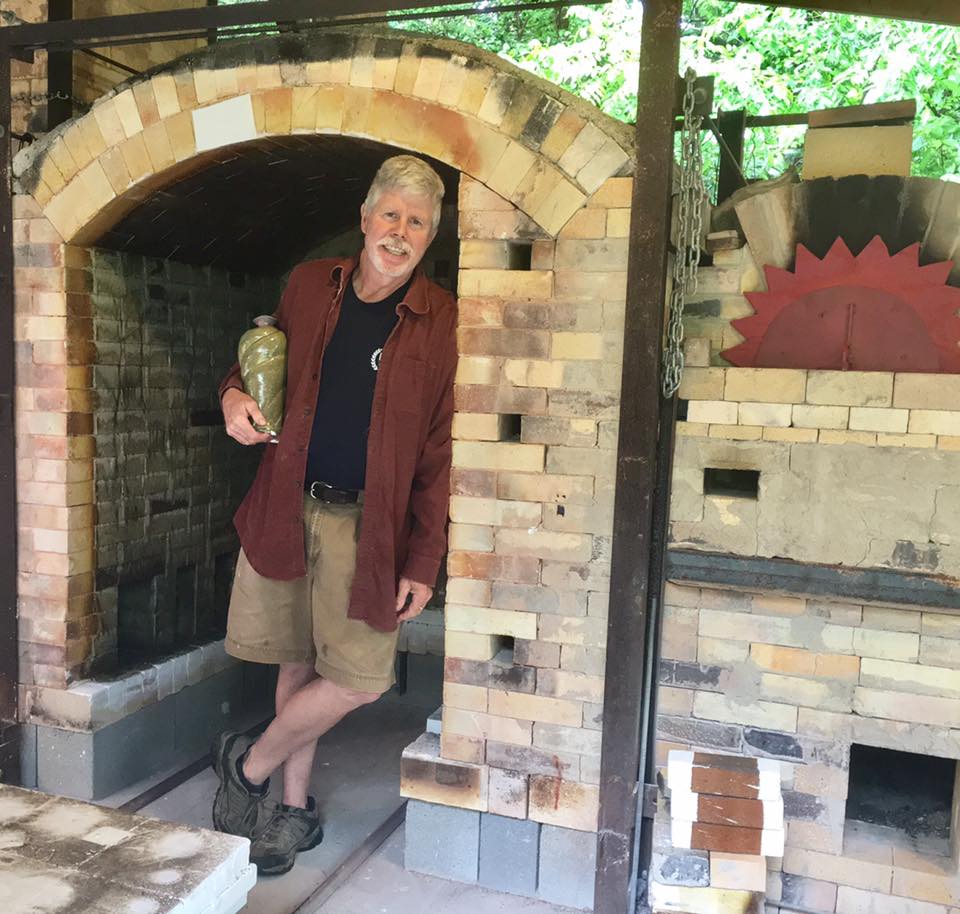


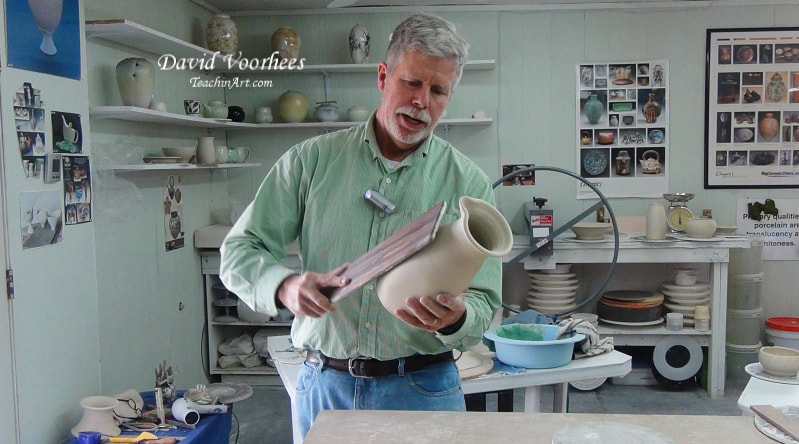
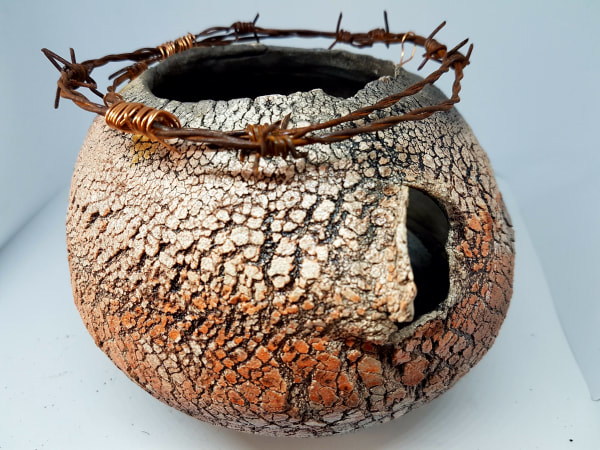
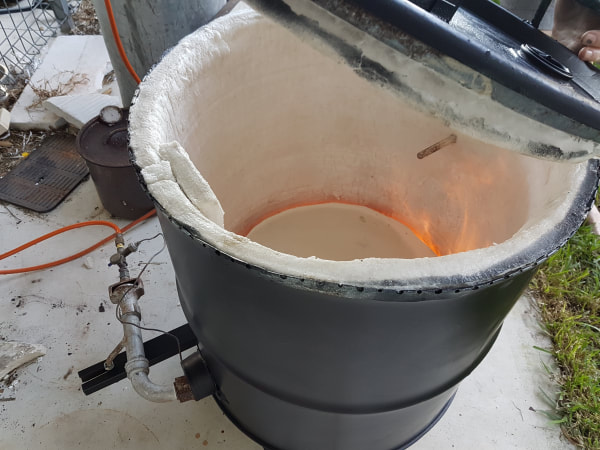

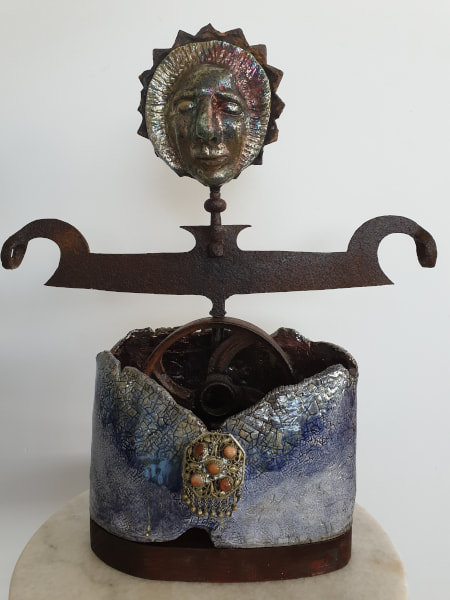
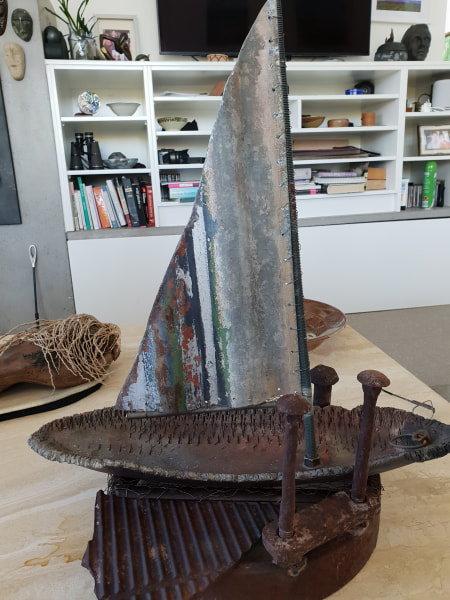
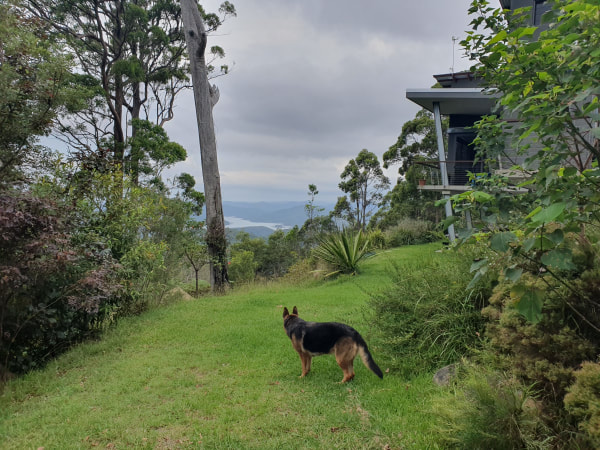
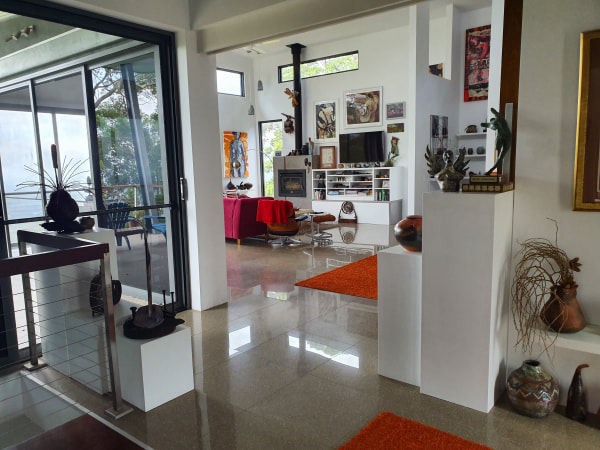
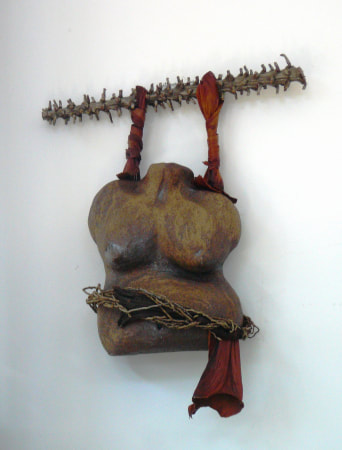
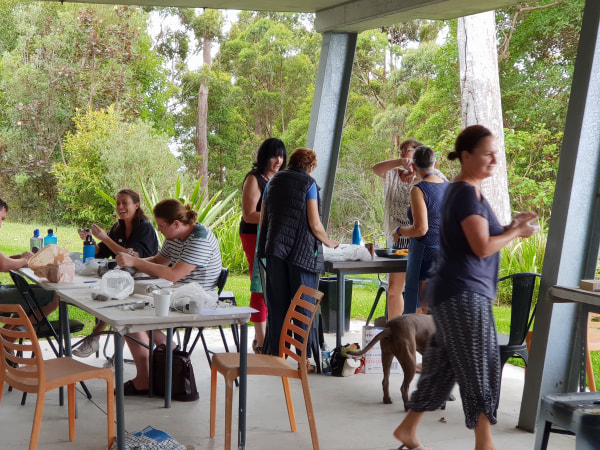
 RSS Feed
RSS Feed